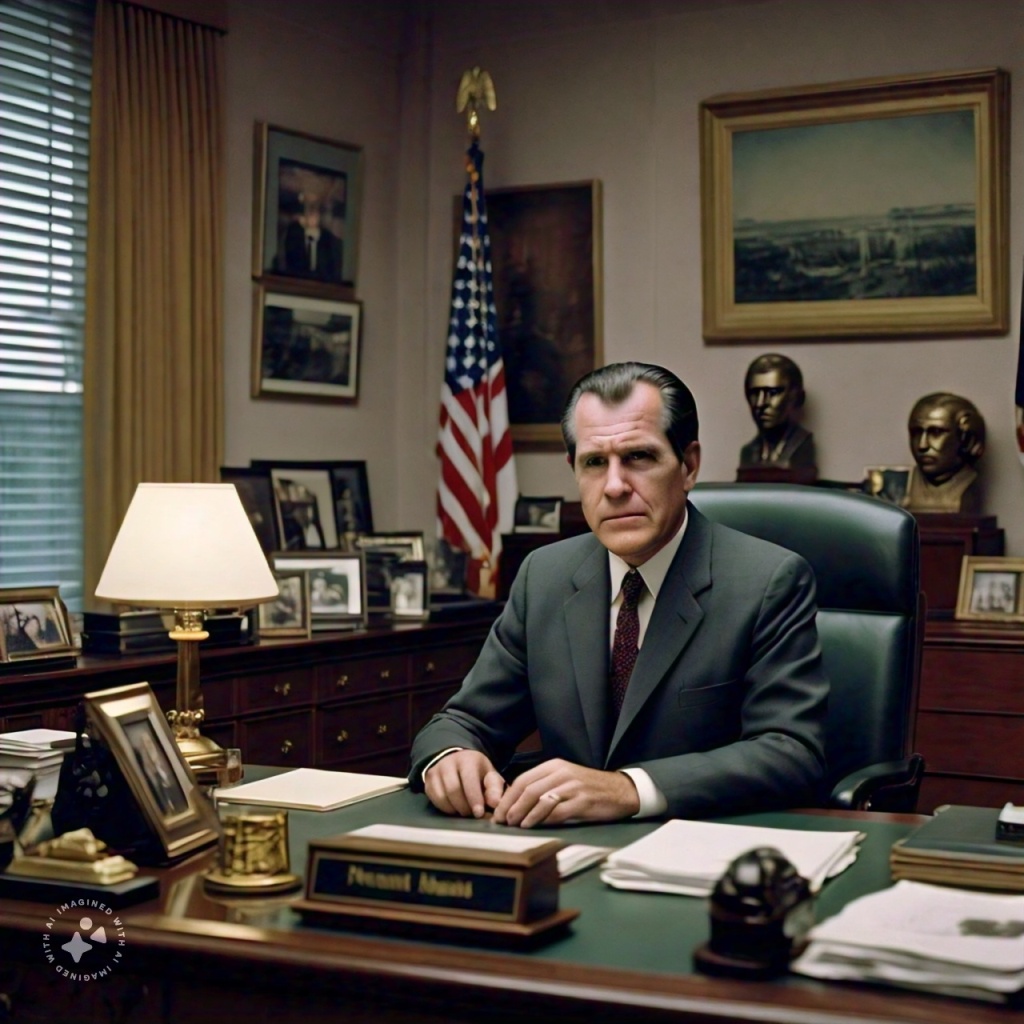Exploring the Healing Wonders of Garam Chashma Hot Springs: A Gem of Chitral, Pakistan

Nestled amidst the breathtaking landscapes of the Chitral district in Pakistan lies a hidden treasure known as Garam Chashma. This serene valley is renowned for its natural hot springs, whose healing properties have drawn visitors for centuries. In this blog, we delve into the enchanting world of Garam Chashma, exploring its health benefits, tourism relevance, accessibility, and geopolitical significance.
Health Benefits:
Garam Chashma’s hot springs are not just a source of relaxation and rejuvenation; they are also believed to possess medicinal properties. Rich in minerals such as sulfur, calcium, magnesium, and potassium, the waters of these springs are said to alleviate various ailments, including rheumatism, arthritis, skin diseases, and respiratory disorders. Many visitors flock to Garam Chashma seeking relief from chronic pain and stress, finding solace in the therapeutic embrace of its warm waters.
Tourism Relevance:
Beyond its healing springs, Garam Chashma boasts a wealth of natural beauty and cultural heritage. Surrounded by majestic mountains and lush greenery, the valley offers ample opportunities for hiking, trekking, and wildlife spotting. Visitors can explore nearby villages, interact with the friendly locals, and immerse themselves in the rich traditions of the region. Additionally, the annual Shandur Polo Festival, held in nearby Shandur Pass, attracts tourists from around the world, providing a vibrant celebration of sports and culture amidst the stunning backdrop of the Hindu Kush mountains.
Accessibility:
While Garam Chashma’s remote location lends it an air of tranquility, reaching the valley can be a challenge. The nearest major city, Chitral, is approximately 45 kilometers away and can be accessed by road or air. From Chitral, travelers must navigate winding mountain roads to reach Garam Chashma, a journey that can be arduous but ultimately rewarding. Despite the rugged terrain, the journey offers breathtaking vistas of snow-capped peaks, meandering rivers, and verdant valleys, making it an unforgettable experience for adventurous souls.
Geopolitical Importance:
Situated near the border with Afghanistan, Garam Chashma holds geopolitical significance in the region. The area has historically served as a vital trade route between Pakistan and Afghanistan, facilitating commerce and cultural exchange between the two nations. Additionally, its proximity to the Wakhan Corridor—a narrow strip of land that connects Afghanistan to China—has made it a strategic location for military and diplomatic purposes. While geopolitical tensions in the region have occasionally impacted tourism, efforts are underway to promote peace and cooperation, allowing visitors to experience the beauty and hospitality of Garam Chashma without fear or prejudice.
In conclusion, Garam Chashma stands as a testament to the enduring allure of nature and the resilience of the human spirit. Its healing hot springs, scenic landscapes, and cultural heritage beckon travelers from far and wide, offering a glimpse into the timeless beauty of Pakistan’s northern regions. Whether seeking solace, adventure, or simply a moment of serenity, Garam Chashma welcomes all who dare to explore its hidden wonders.















